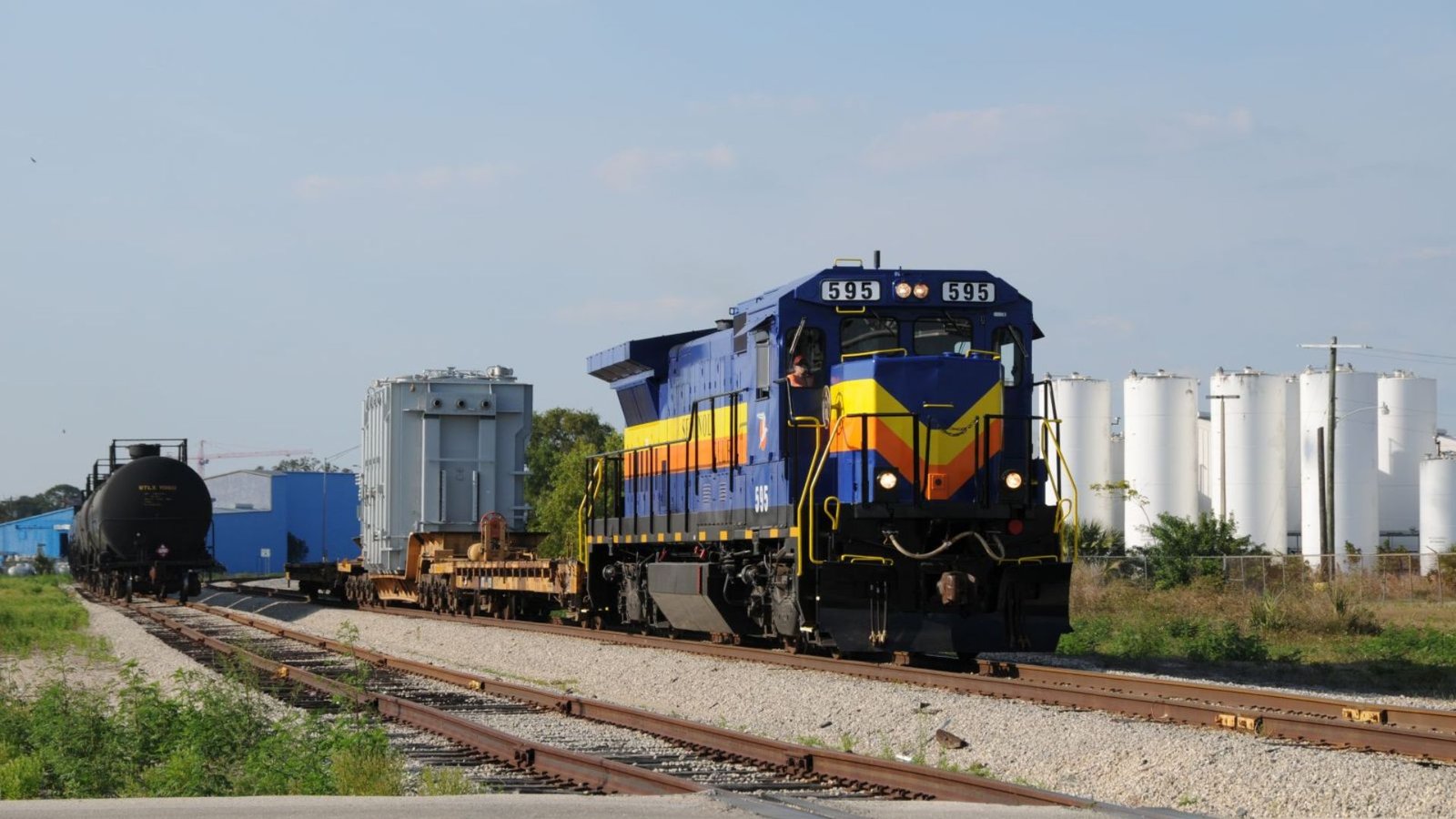Railroads are more than just a way to move people and goods from one place to another. Railroads have a profound impact on local economies by creating job opportunities, boosting trade, and improving infrastructure. In this article, we’ll explore how rail systems contribute to economic growth in local communities and why they are essential for regional development.

1. Job Creation Through Rail Systems
One of the most immediate ways railroads positively impact local economies is by creating a wide variety of jobs. Building and maintaining rail infrastructure requires workers such as engineers, conductors, and track maintenance crews. These positions provide employment to people in rural and urban areas alike.
Additionally, railroads create indirect jobs in industries that support rail transport, such as manufacturing, logistics, and freight services. As the demand for rail services grows, so do employment opportunities, which leads to a boost in the local job market.
2. How Railroads Boost Local Businesses
Railroads contribute significantly to local business growth by offering an efficient, cost-effective method of transporting goods. Local businesses that rely on raw materials or products from other areas benefit from the cost savings of rail transport. For instance, farmers, manufacturers, and retailers can ship large quantities of goods via rail, reducing transportation costs.
In rural or less developed areas, railroads help connect businesses to national and international markets, opening new business opportunities. A reliable rail network makes it easier for local companies to access larger markets and grow their customer base, leading to increased revenue and investment.
3. Reducing the Costs of Transportation
Rail transport is more cost-effective than other methods of freight movement, especially for bulk shipments. Railroads can carry massive loads over long distances, which results in lower transportation costs compared to road transport. For local businesses, cheaper freight services lead to lower production costs, enabling them to sell their goods at more competitive prices.
Furthermore, railroads help reduce fuel consumption per ton of freight, making them a more sustainable and affordable choice. This reduction in transportation costs can have a direct impact on local economies by making goods more affordable for consumers and businesses alike.
4. The Role of Railroads in Supporting Regional Trade
Railroads are essential for regional trade, particularly in areas where road infrastructure may be lacking or unreliable. By connecting remote or rural areas to larger cities and markets, rail systems support the movement of raw materials, agricultural products, and manufactured goods.
Railroads make regional trade more efficient by providing a reliable means of transport. Whether it’s shipping products to other regions or connecting local producers with international markets, rail transport helps local economies thrive by enhancing trade routes. As businesses expand and more goods are exchanged, communities grow stronger economically.
5. Improving Local Infrastructure with Rail Networks
When railroads are built or expanded, they often lead to improvements in local infrastructure, such as roads, bridges, and utilities. Rail stations, maintenance depots, and terminals can also serve as hubs for new development. These improvements can make the surrounding area more attractive to businesses and investors.
Additionally, railroads often encourage the construction of industrial parks and logistics hubs, further boosting local economies. As new infrastructure projects arise, local governments may invest in enhancing public services, which can lead to better roads, utilities, and overall community development.
6. Boosting Tourism Through Scenic Rail Routes
Railroads help boost local tourism by providing visitors with an opportunity to explore remote and scenic areas that may otherwise be difficult to reach. Scenic train routes and historical rail lines attract tourists, leading to higher spending in local businesses such as hotels, restaurants, and shops.
Tourism related to rail travel creates jobs in the hospitality and tourism industries, benefiting local economies. Places that are accessible by rail become more attractive to travelers, who contribute to the region’s economic activity. For example, scenic train routes in places like Switzerland or Canada generate significant tourism revenue and provide more job opportunities in these areas.
7. Encouraging Sustainable Economic Development
One of the advantages of rail transport for local economies is its sustainability. Railroads are more energy-efficient than road or air transport, making them a greener alternative for moving goods. As communities and businesses prioritize eco-friendly practices, investing in rail systems becomes a key strategy for sustainable economic growth.
As sustainable transport options grow in importance, railroads help reduce carbon emissions and air pollution, benefiting local populations and the environment. This shift towards greener transport can also make regions more appealing to businesses focused on sustainability, attracting investment and creating jobs.
8. Connecting People and Improving Mobility
Railroads improve mobility for local populations by offering an affordable and reliable means of transport. In rural or isolated areas, where public transportation may be limited, rail systems provide access to education, healthcare, and job opportunities.
Improved mobility leads to economic growth because when people can easily travel to neighboring cities or regions, they can access better opportunities. Workers who rely on rail transport can commute to jobs, while businesses can hire talent from a wider geographic area. This makes local economies more dynamic and competitive.
Conclusion
In conclusion, railroads have a significant impact on local economies by creating jobs, improving trade, reducing transportation costs, and supporting sustainable development. Rail transport helps local businesses grow by providing affordable shipping options and improving access to regional and international markets. Additionally, railroads contribute to the development of infrastructure and tourism, further strengthening the economy. By improving mobility and accessibility, rail systems ensure that local communities have the resources and opportunities they need to thrive and grow.




